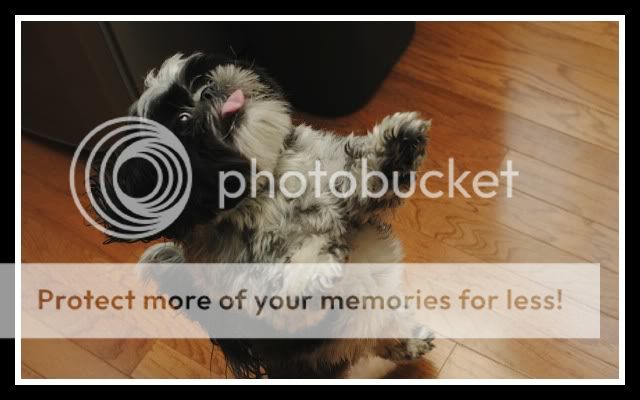Yes, having your first external flash can be intimidating at first. I'll admit that it took me a long long time before I finally got comfortable using an external flash properly & understanding how to use my flash well.
Here are some tips that I wish someone would have told me a lot sooner. I had to piece together a lot of flash information from many many different sources, books, Web sites, etc before it finally "clicked" for me.
When you use a flash, you are making TWO different exposures in your photo: (1) the foreground flash exposure, and (2) the background (ambient) exposure. Your flash will provide light to your foreground subject. You use your camera's settings to make the background exposure.
For example, you'd use your flash if your background is bright enough for your camera, but your foreground subject is a little dark. Like if it's bright & sunny outside, but your foreground subject is in the shade. (this particular situation is called "fill flash".)
Here's what I do. I set my camera on "M" (manual), and I manually set the shutter speed, aperture, and ISO for the background--just like I'd normally do without the flash. I might even take a test picture, just to make sure the background looks ok. (you can also do this on the other camera modes, like Av, Tv (or S), or P, but I find that "M" gives me the most control & consistency).
Then I re-take the picture using my external flash. The flash is probably already set to "
TTL" mode. TTL is the flash's "Auto" mode, and it actually works pretty well. For the most part, you can leave your flash in this TTL mode. Using TTL, the flash will automatically determine the correct amount of power to light your foreground subject.
You can also control the amount of power that the flash puts out. If you review your flash photo, and the foreground subject looks overexposed, you can turn down the flash power. Your flash should have a "
Flash Exposure Compensation" (FEC) dial, where you can dial up/down the flash power. So if the flash is too bright, try dialing the FEC down to -1. If there's not enough flash, try dialing up the FEC to +1. Trial & error.
The other thing about flash is to try not to point the flash directly at your subject. The light is flat, harsh, and unflattering. It produces very harsh shadows.
To soften the shadows, try using a diffuser. Or better yet, point the flash head to the ceiling, a nearby wall, or behind you. When you do this "
bounce flash" technique, you are spreading the light over a larger area, which diffuses the light, which produces softer, gentler shadows. ***ahhhh, soft shadows***

The key statement in this is "
the larger the light source, the softer the shadows." The light from your flash head comes from a small light source. That's why the shadows are harsh. However, if you "bounce" the flash off the ceiling or wall, it enlarges the light source, making shadows soft. That's also why studio photographers put their flashes (or strobes) behind umbrellas or softboxes. It enlarges the light source, producing softer shadows for their portraits.
Anyway, this is flash in a nutshell. I wish someone would have told me this when I first bought my flash, and it would have saved me a year's worth of head-scratching. Sorry for my long-winded post. Hope this helps.


